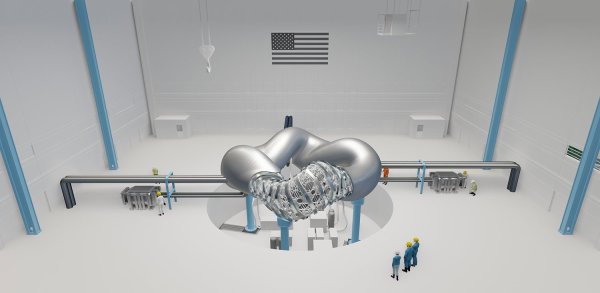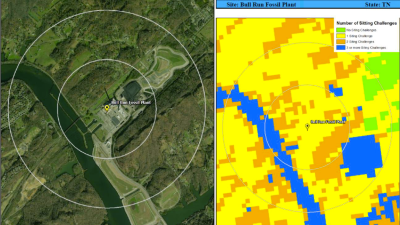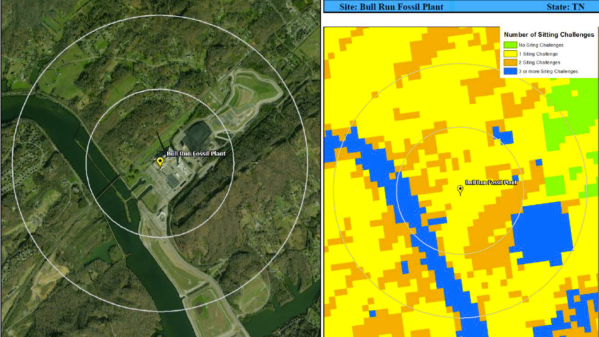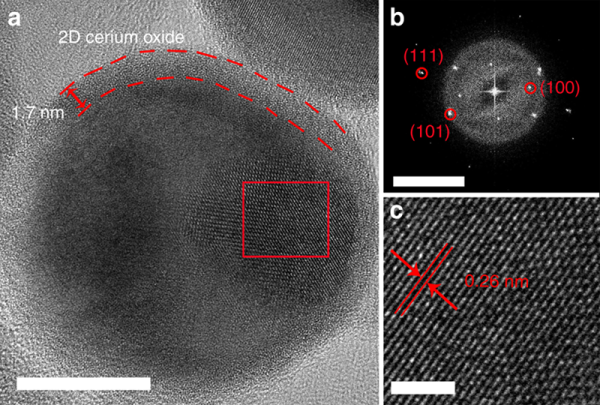There’s interesting news out of Wyoming, where a coal mine was opened this week. But the fact that it’s the first new coal mine in 50 years isn’t the big news — it’s the mine’s abundance of rare earth elements that’s grabbing the headlines. As we’ve pointed out before, rare earth elements aren’t actually all that rare, they’re just widely distributed through the Earth’s crust, making them difficult to recover. But there are places where the concentration of rare earth metals like neodymium, dysprosium, scandium, and terbium is slightly higher than normal, making recovery a little less of a challenge. The Brook Mine outside of Sheridan, Wyoming is one such place, at least according to a Preliminary Economic Assessment performed by Ramaco Resources, the mining company that’s developing the deposit.
The PEA states that up to 1,200 tons of rare earth oxides will be produced a year, mainly from the “carbonaceous claystones and shales located above and below the coal seams.” That sounds like good news to us for a couple of reasons. First, clays and shales are relatively soft rocks, making it less energy- and time-intensive to recover massive amounts of raw material than it would be for harder rock types. But the fact that the rare earth elements aren’t locked inside the coal is what’s really exciting. If the REEs were in the coal itself, that would present something similar to the “gasoline problem” we’ve discussed before. Crude oil is a mixture of different hydrocarbons, so if you need one fraction, like diesel, but not another, like gasoline, perhaps because you’ve switched to electric vehicles, tough luck — the refining process still produces as much gasoline as the crude contains. In this case, it seems like the coal trapped between the REE-bearing layers is the primary economic driver for the mine, but if in the future the coal isn’t needed, the REEs could perhaps be harvested and the coal simply left behind to be buried in the ground whence it came.


















